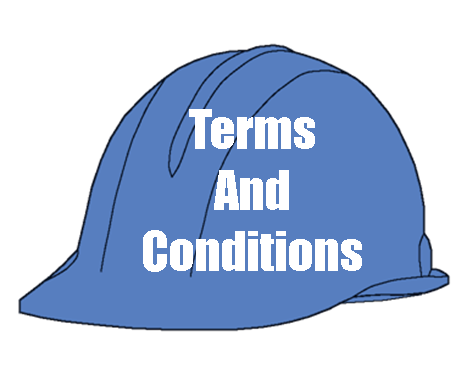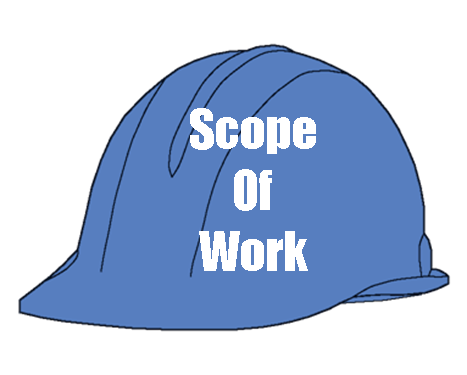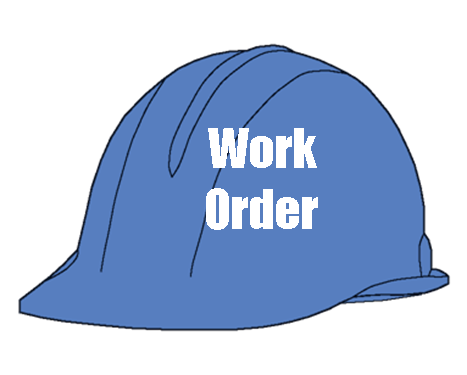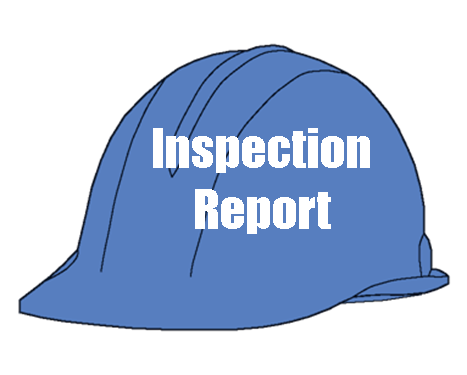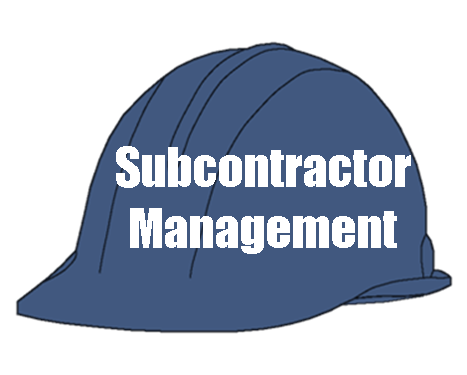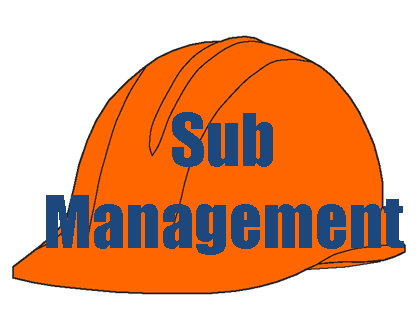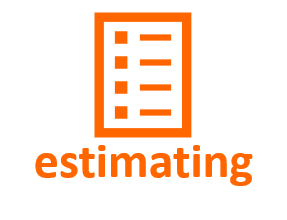SUBCONTRACTOR MANAGEMENT
Subcontractor Management Packages For Controlling Job-Site Quality
|
This discussion is presented as a matter of business management. Any action on your part should be discussed with your legal counsel. Builder-Resources.com is not a legal advisor, and is not practicing law by discussing this business document. Please refer to the Builder-Resources.com site disclaimer. |
Construction contracts define your business relationships. The purpose of a construction contract is to memorialize the agreements between you and the subcontractor. The contract acts as a constant and enforceable reminder of each party's responsibilities.
Building a house for someone is a significant responsibility. The amount of work that has to be planned, organized and accomplished is daunting. The number of things that can go wrong as you are building a house is frightening. To stay on top of the process, you must have a system. And the more comprehensive that system is, the smoother the project will run.
You want a building system that anticipates the next step, that coordinates step 4 with step 54 and step 254, and that transfers your quality requirements throughout your subcontractor network.
If you set it up correctly, and are disciplined in the application, the following construction contract process will accomplish this goal. I recommend a series of four types of documents be used in this process. They are:
Terms and Conditions -> Scope of Work -> Work Order -> Inspection Report.
and these documents work together to ensure that your subcontractors perform to specified levels to provide the high-quality product that will enhance your business reputation.
Video
|
You are the best! I have been going through the material you have on the website's subcontractor management material and the scopes of work. All of the material is very useful, and will be used to improve my process. J.A., Engineer |
Download samples of the HVAC |
Terms and Conditions
The first document in the construction contract process is the Terms and Conditions. The purpose of this document is to state, in a very general sense,
- how the work on your jobsite will be accomplished;
- what sub-contractor behavior is acceptable or not acceptable;
- expected sub-contractor performance levels;
- subcontractor responsibilities regarding its employees and safety practices;
- sub-contractor insurance requirements; and
- other general information.
This document tells the subcontractor:
"If you want to be a member of my team, this is how you will conduct yourself".
Scopes of Work
The second document in the construction contract process is the Scope of Work.
The Scope of Work should begin with a statement of the specific objective of the work that is to be done. In addition to elaborating upon the Terms and Conditions, it should reference any other documents in the process package relating to the work, including the Terms and Conditions, Purchase Order and Inspection Report, and how those documents relate to the Scope of Work.
The most important section of this document is a very detailed listing of what makes up acceptable performance for this trade or subcontractor. Get picky here. If you want all sinkers on the bottom interior wall plates to be driven into floor joists, and any brights to be clenched over from underneath to minimize squeaks, this is the place for your demand.
The Scope of Work is a dynamic document, meaning that it will be adapted as you become aware of new products or techniques. I recommend issuing a new scope of work for each project so that the subcontractor always has the latest version in its hands.
It is unfair to the subcontractor to assume that it will perform to some unknown performance level. Tell the subcontractor what you expect to have done, how you expect to have it done, and the consequences if the work is not done correctly. Don't leave any room for confusion.
This document tells the subcontractor:
"If you want to work on my project, this is how you will build it".
Work Order
The third document in the contract process is the Work Order.
This is a contract detailing the "money" portion of your subcontractor relationship. Be sure to reference the other parts of the package -- Terms and Conditions, Scope of Work, and Inspection Reports. I generally reference the written proposal by the subcontractor, and note that its proposal is subject to the appropriate Scope of Work and Inspection Report. This document can be turned in as an invoice when the phase is completed, and contains the appropriate lien release information to protect you and your buyer.
This document tells the subcontractor:
"If you do what I need done, this is how much you may invoice me for.".
Inspection Reports
The fourth document in the contract process is the Inspection Report.
This form is a checklist based on the Scope of Work detail. In the Scope of Work, you told the subcontractor what to do. The Inspection Report makes certain they followed your instructions.
In some cases, i.e. Excavation, HVAC, Plumbing, Electrical and other, you will have multiple Inspection Reports to cover Pushout/Backfill/Final Grade or Rough/Finish. The Scope of Work covers the entire accountability of the phase, and the Inspection Report breaks up the phase based on when the task needs to be completed.
Always have a pre-work inspection with the subcontractor. This step removes any questions about who broke the window or if the safety measures are in place or whether the project was ready for the subcontractor to start work or who scratched the bathtub.
The final inspection is conducted when the subcontractor reports that the work is completed. This walk-through must be conducted at the end of each phase as it verifies that all the work in the current phase is complete and that the project is ready for the next phase to begin. I like to have both the subcontractor just finishing the phase and the subcontractor just getting ready to start a phase on the site at the same time. If there is a problem, we can work it out right there.
Always have a post-work inspection. This final step demonstrates that you are serious about the check list and having the job done the way you want it done. The subcontractor will not take your efforts with the Terms and Conditions, the Scope of Work, or the Work Order seriously if you slip up on the Inspection Reports.
This document tells the subcontractor:
"If you have done it the way I want it done, you may request payment."
Yes, it is a pain, but...
This construction contracting process, Terms and Conditions -> Scope of Work -> Work Order -> Inspection Report, is the only way I know of to achieve the construction quality you need to build an image you can rely on to sell more houses. It is as much a part of building your construction business as any other sales effort, contract negotiation, or design work.
It is also a blessing to have all the paperwork at hand if you need it for legal proceedings. You can demonstrate that reviews and walk-throughs were conducted following each work phase. You can prove that someone from your organization was invested in the project at all times.
It is the difference between allowing your business to control you and you controlling your business.
It can be the difference between failure and success.
Here's a shortcut.. use my samples as a template
It is entirely possible for you to create any of these construction contract documents from scratch. But it is a lot of work. My file consists of:
If you would like to download a sample of the package to see how the pieces work together, you can do so by clicking on the link below. You will get the general idea of what the pieces look like in my file, and can use them as templates for your efforts.
Download samples of the HVAC
Subcontractor Management Package
Here's an even shorter short cut...
|
You can simply purchase the entire package, ready to plug into your production process. There are two versions of this important tool available. The first is the LEGACY version. The files are in Word and Excel, so they can be accessed, customized and updated easily. The package includes tips for building your electronic job files and preserving the important information for each subcontractor on each project. I have also provided a control panel for easy access and interlinked the files so you have minimal input necessary to produce the documents. The second is the ONLINE version. All documents are available to you anywhere you have internet access. The forms are set up to be completed at the job site and then sent via email to the subcontractor, your office, and to any other interested stakeholders. Very convenient and easy to use. And the subscription model makes this version accessible at a very low monthly or annual investment. It took me more than 200 hours to put these systems together. Aren't you worth more than $0.50/hr? |
LEGACYSubcontractor Management Package This purchase includes a free one-year membership subscription to the online version of the Subcontractor Management System ($99.99 value) ONLINESubscribe to the online version for just $4.00 for the first month and $9.99 per month after that. or...Purchase a one-year membership subscription to the online version of the Subcontractor Management System($99.99) |
